Foreign direct investment (FDIs) are cross-border investments where one investor residing in one country establishes a lasting interest in and a significant degree of influence over an enterprise in another economy. According to a report by the Economic Commission for Latin America and the Caribbean (ECLAC), the European Union was the largest investor of FDIst in Brazil, Chile, and Colombia in the period from 2017 to 2021 (43%, 44%, and 30% of the total, respectively). In Mexico, FDIs coming from the US were more significant in the same time period (41% vs. 30% by the EU). Due to historical colonisation, Latin America has witnessed a large influx of European immigrants as well as a spread of common beliefs. But what has kept us from forming a stronger political coalition besides these economic ties?
Revitalising political ties
On July 17 and 18, this summer, leaders from Latin America and the Caribbean, best known as CELAC, and European leaders gathered in Brussels for the third EU-CELAC summit, marking the beginning of the Spanish Presidency of the Council, eight years after their previous meeting. This means that, since 2015, there has not been any kind of official summit between both continents; and precisely, for this reason, one of the main objectives of the Spanish Presidency was to take up this bilateral relation. All in all, a fresh political energy was brought to bear at the July summit on several issues that had been stagnant for a long time, including trade and the conclusions on an EU-Mercosur agreement, the revision of the North-South Cooperation Agenda, and how to address the latest geopolitical developments.
Therefore, there has been a major change from this diplomatic deadlock with the last summit in Brussels. Speaking with us on the topic of leaders engaging in renewed dialogue, Mr. José Antonio Sanahuja, the head of Fundación Carolina and an expert on cooperation between the EU and Latin America, stressed the importance of examining the lessons learned from the past and the potential for renewed collaboration between the EU and CELAC in a changing global landscape.
The EU-CELAC summit starts today in Brussels.
Relations between the EU and Latin America and the Caribbean are high on the agenda of the Spanish Presidency of the Council.🔗 https://t.co/bHTElDr8Rh#EU2023ES #EULAC pic.twitter.com/3kiUEQbiSd
— Presidencia española del Consejo de la UE (@eu2023es) July 17, 2023
Throwback
The third EU-CELAC Summit should have been celebrated back in October 2017, in a period of agitation in the Latin American region due to the Venezuelan political crisis. This crisis came to play a destabilising role, and emphasised the differences in positions about the issue between the EU and many Latin American countries which led to the cancellation of the summit. Moreover, other issues were the political fractures and polarisation among different Latin American states, the withdrawal of key players such as Mexico and Brazil—underscored by Bolsonaro’s departure from MERCOSUR in 2020—and the compounding impact of the pandemic, which diminished the region’s ability to engage in meaningful dialogue. If we pay attention to the Latin-American side, we see complications on the regional integration scheme in the region and difficulties to find common positions over political aspects. Meanwhile, on the European side, the difficulties came mainly due to the lack of an appropriate strategy towards the region and the little understanding of the diversity and complexity of the region, as mentioned by Mr. José Antonio Sanahuja. In the EU’s 2016 Global Security Strategy, Latin America was given only a minor and secondary place in the EU’s foreign policy priorities, which can be seen as a grave political error. As a result of the EU’s strategic concentration on Eastern Europe and North Africa, Latin America consequently received less attention and therefore also less funding. In general, there was a noticeable slowdown in EU investments in collaborative projects in the region.
Why has the EU turned to Latin America now?
The Covid-19 crisis and Ukraine´s war hit the region’s economy and thus the well-being of its inhabitants. For José Antonio Sanahuja, the motivation for the renewed engagement with Europe lies in the shared goal of open strategic autonomy, navigating the US-China geopolitical confrontation. Also both continents need to navigate the triple transition: socioeconomic, digital, and green. He said that it is in the interest of many Latin American countries now to attract more FDIs to the region. China is the number one trading partner for most countries, but the US and Europe are close behind. It is therefore in many countries` interest to reduce dependencies on China by diversifying their trade relations. In other words: many Latin American countries are looking for an alternative to China.
Climate change and the continent’s exposure to its effects also play a major role. The Global Gateway strategy of the EU is expected to lead to investments in infrastructure , also related to energy transition, which cannot be achieved alone. The technological exchange promised by the EU is particularly important. Although China has launched a large number of funds and projects in the region, such as the Coca Codo Sinclair hydroelectric plant in Ecuador, this has further increased dependencies and led to a lack of technological knowledge. After a short time, the Coca Codo Sinclair project started showing cracks in the concrete and problems with spare parts were prevalent.
What is currently leading to conflict, however, is the EU’s demand to comply with environmental conditions and the prospect of sanctions in the event of failure to do so. Lula, the Brazilian President, criticised that the bilateral strategic partners should be the premise of mutual trust and not distrust and sanctions. Paraguayan President Peña stated to the Argentinian business paper Ambito Financiero, that it goes to the extent of questioning authorities and their monitoring, while desiring to make its own assessments. According to him, this signifies a loss of sovereignty, and he finds that practically unacceptable.
All the countries feel compelled to gain support in the face of the energy transition. On the one hand, to open up potential sales markets for green hydrogen and lithium, and on the other, to finance its sustainable development and boost productivity in the first place. Many countries, including Bolivia and Ecuador, first need the technological and legal framework to be able to take advantage of this. Accordingly, cooperation on an equal footing and the promotion of national production rather than the simple exportation of raw materials is of great interest.
The conclusion of the trade agreements between Mercosur and the EU or between Mexico and the EU are of great importance in this regard. They represent a starting point, and it was in President Lula’s interest to sign the first one before Brazil’s temporary presidency of Mercosur comes to an end by December 2023. This is because the political changes within the continent, and we look firmly at Argentina, Venezuela or Cuba, could jeopardise them. Now it is December and no deal has been reached, an outcome over which many environmental groups and human rights organisations were relieved, criticising the economic deal to only serve corporate interests.
Next steps in the EU-CELAC relations
Even if stronger EU-CELAC relations might look like a win-win deal from afar, it is by no means that simple: While there is disagreement between the various countries in Europe about the EU-MERCOSUR trade agreement and the lengthy process of coordination that lies ahead, there are also differing views in Latin America. In particular, the future of Mercosur is threatened by the election and installation of Milei as president in Argentina. However, Argentina’s Foreign Minister, Diana Mondino, assured the newspaper Ambito that the new government will not reject the agreement, despite contradictions since the very beginning of the elected government.
The other difficulty lies in the design of the Global Gateway Strategy as a tool for development cooperation. As the Carolina Foundation points out, it is important that the cooperation is more horizontal and aims at a triangular or south-south cooperation. At the same time, the EU-projects are not clearly defined for many of the countries and the way in which they are financed is unknown. But there are voices in Latin America, like the Fundacion Milenio in Bolivia, encouraging their governments to secure projects on the table, since Bolivia seems to not even have 1 out of the more than 130 projects so far.
While Chile and the EU signed an Advanced Framework Agreement and an Interim Trade Agreement on December 13th, to strengthen political cooperation and foster trade and investment, the next bi-regional CELAC-EU summit will only take place in Colombia in 2025. Let us hope that the European Commission is right with its claim: “Substantial progress has been made in the past months”. At the very least, they’re talking again.
This article is part of the project "Newsroom Europe" which trains young Europeans from three EU Member States (Germany, Sweden and Spain) in critical and open-minded media reporting and on the functioning of European decision-making. The project is carried out jointly by the Europäische Akademie Berlin e.V., the National Museums of World Culture Sweden, and the Friedrich Naumann Foundation Spain, and is also co-financed by the European Union.
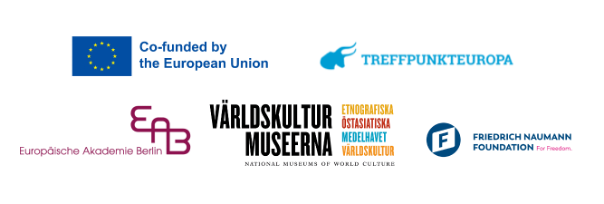
Project partners “Newsroom Europe”
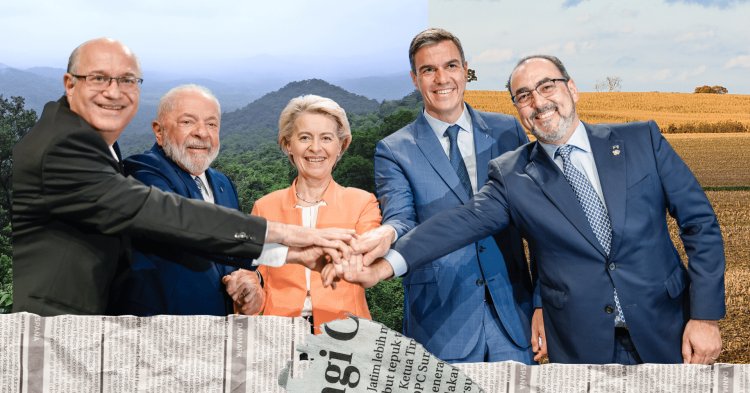
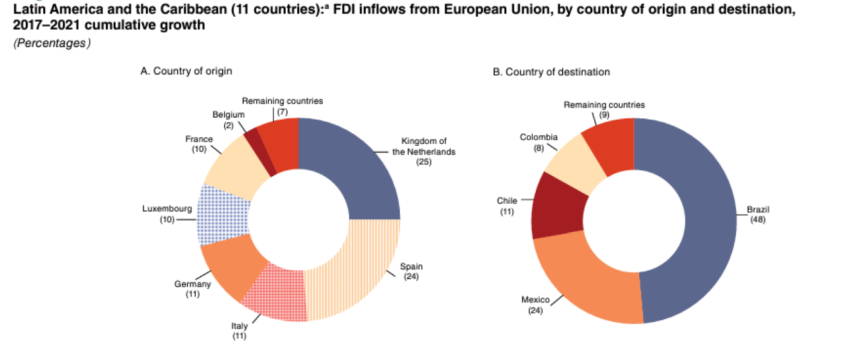



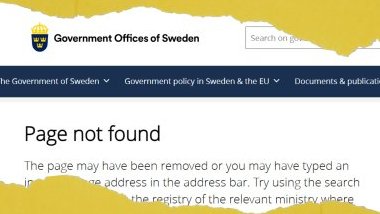
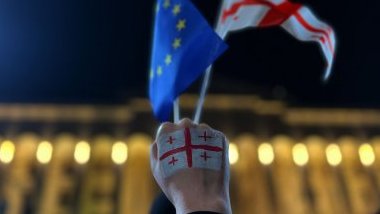

Follow the comments: |
|
